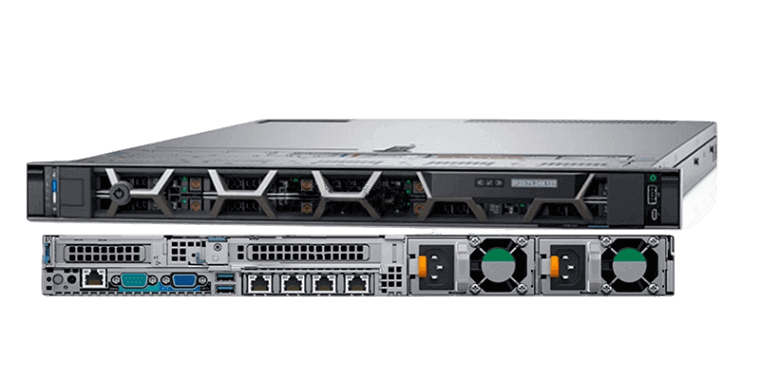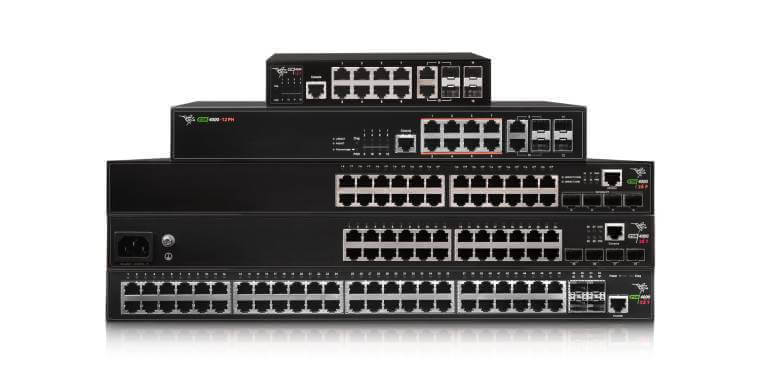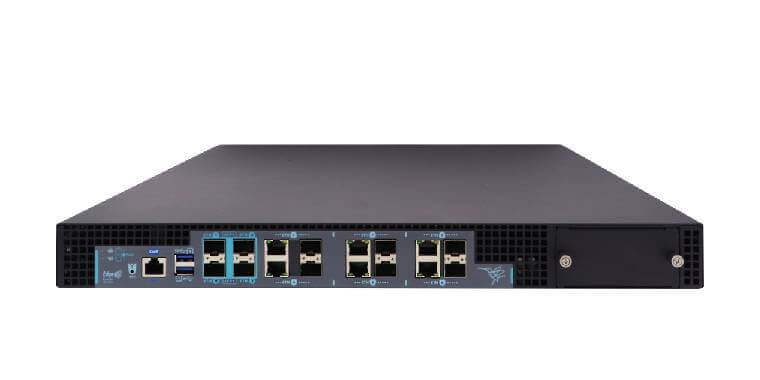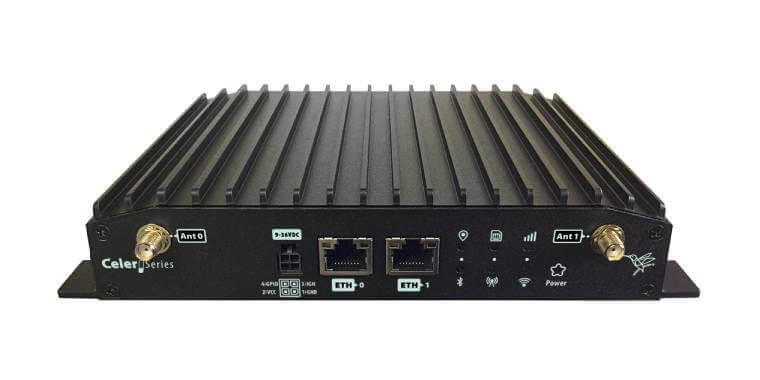In most productive sectors, artificial intelligence (AI) has become a key in transforming processes and optimizing business resources, making them more agile and efficient. This path towards modernization revolutionizes our life habits, as well as the technology...
W2022ac-ext MU-MIMO WLAN Access Point
Product Highlights
- 802.11ac/Wi-Fi 5 access point with MU-MIMO
- 867Mbps @ 5GHz and 400Mbps * @ 2.4GHz
- Simultaneous operation in the 2.4 and 5 GHz band
- Flexible management solutions
- Easiest ceiling mounting on system ceilings
Introduction
The W2022ac-ext is an access point based on the latest 802.11ac that supports MU-MIMO. This allows single-antenna mobile devices to optimize all the transmission streams of the access point and doubles the quantity of devices simultaneously connected compared to 802.11ac first-generation. Older devices can still connect thanks to WPA3 /2 mode.When it comes to installation, this is child's play using the WLAN-Controller integrated in almost all CIT Routers or benefiting from the new SD-WAN solution be.SDx. W2022ac-ext has external antennas to optimize direction of the radio signal within the environment.

Competitive Advantages

Communication Technology
802.11ac/Wi-Fi 5 MU-MIMO

Optimized software
Supporting many concurrent users with good performance

Simple, efficient administration
Web configuration (http/https), CAPWAP support from WLAN Controller in Teldat router, CNMv5.1 support

Easy Installation
Ceiling mount kit, Powered over PoE IEEE 802.3af, compatible with 802.3at PoE injectors
Description
The W2022ac-ext is an access point based on the latest 802.11ac MU-MIMO that allows single-antenna mobile devices to use all the transmission streams of the access point. Compared to 802.11ac first-generation APs, which supports only SU-MIMO, twice as many mobile devices can connect to the W2022ac-ext without sacrificing performance. Equipped with two Gigabit LAN interfaces and two optimized single-band antennas per radio module. It includes airtime fairness and client band select to 5GHz. Supports 20/40/80 MHz channels, beamforming, MRC, Block-Acknowlegde, STBC and LDPC. Regarding worth-mentioning security and functionality methods, it supports WPA3-Personal, WPA3-Enterprise, WPA3/2 mode and secure Opportunistic Wireless Encryption method (OWE), among other legacy methods such us short guard interval, ACLs and WIPS/WIDS. The W2022ac-ext can operate as a standalone AP or be managed by a Teldat router (WLC) or the new SD-WAN beSDx
The W2022ac-ext is an access point based on the latest 802.11ac standard and supports MU-MIMO. This allows single-antenna mobile devices to use all the transmission streams of the access point and twice as many mobile connections compared to 802.11ac first-generation without sacrificing performance.
Functionality and security methods; WPA3-Personal & WPA3-Enterprise, older device compatibility with WPA3 /2 mode, secure Opportunistic Wireless Encryption method (OWE) for guest networks and public HotSpots.
Since a WLAN-Controller is integrated in CIT Routers, the installation becomes child's play. In addition, the W2022ac-ext is ready for the new SD-WAN solution be.SDx.
Ceiling mount accessory available for suspended system ceilings or direct mounting on wood or concrete. Not necessary for mounting on the wall.
Five-year warranty on the hardware of the W2022ac-ext.
Do you want to know more?
Read our latest Blog Posts
About VLANs on Switches
Continuing the series of blogs posts on the most representative technologies to consider when selecting switches, this time we look at VLAN technology. VLANs arose from the need to isolate different stations operating on the same physical local network. In addition,...
The Spanning Tree algorithm in Switching: a link between reliable and efficient networks
In the boundless realm of telecommunications, making sure networks run efficiently and undisturbed is crucial. Today, we are going to focus on the fascinating Spanning Tree algorithm (STP) and its relationship with switching. We will find out how this unsung hero...

































